Power strips are ubiquitous in many households and offices, offering additional outlet space for various gadgets and appliances. However, not all devices are suitably plugged into a power strip. Overloading power strips can lead to power surges, reduced efficiency, and fire hazards. Here’s a list of 15 items you should think twice about before plugging them into a power strip.
Refrigerators and Freezers
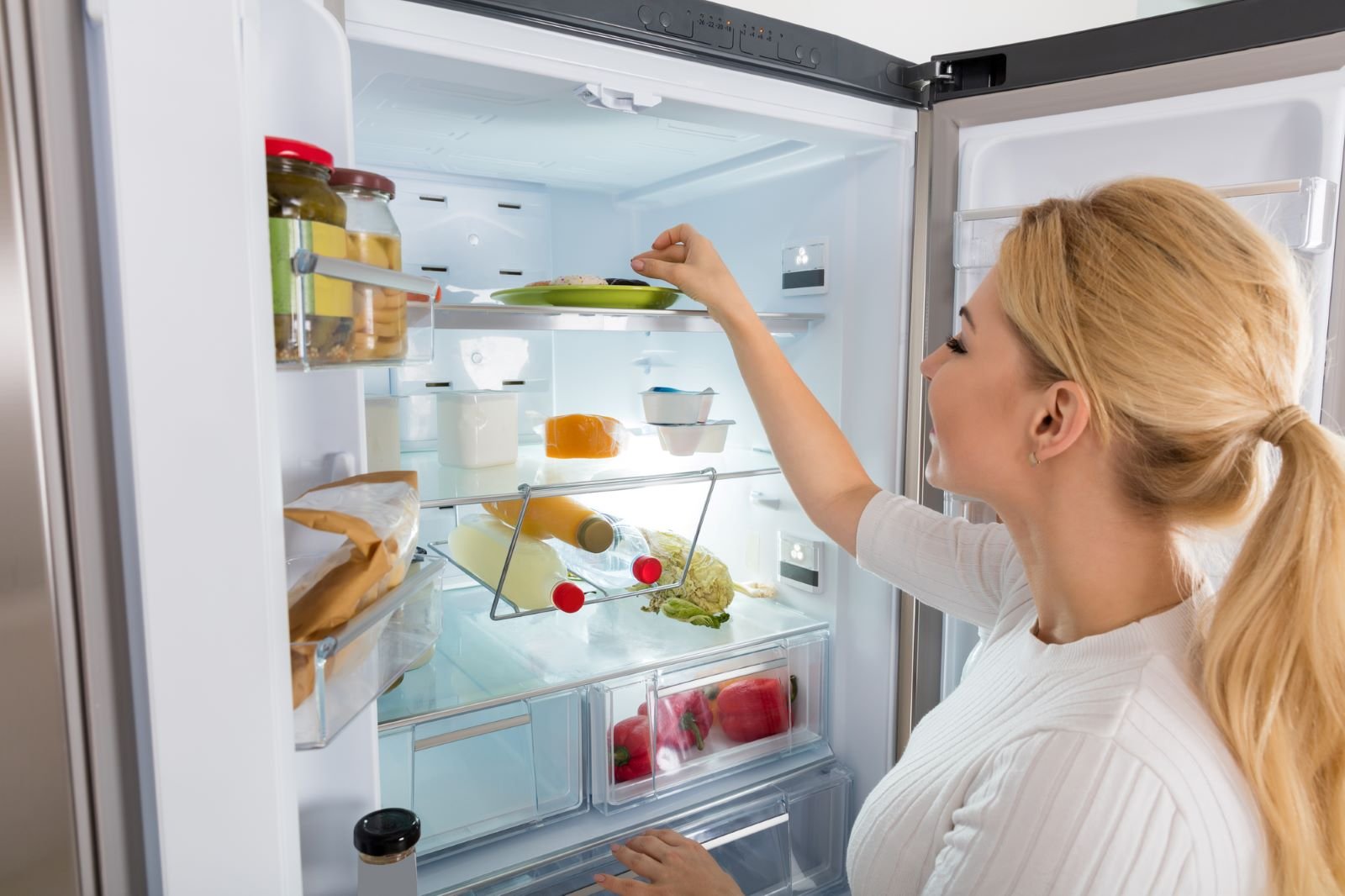
Major appliances like refrigerators and freezers require a lot of power and can easily overload a power strip. Typically, a refrigerator can use between 100 and 400 watts of power, which can spike significantly due to the high demand of the compressor kicking in. This initial surge can easily exceed the typical capacity of a power strip, posing a risk of overheating or tripping the circuit breaker.
Microwaves
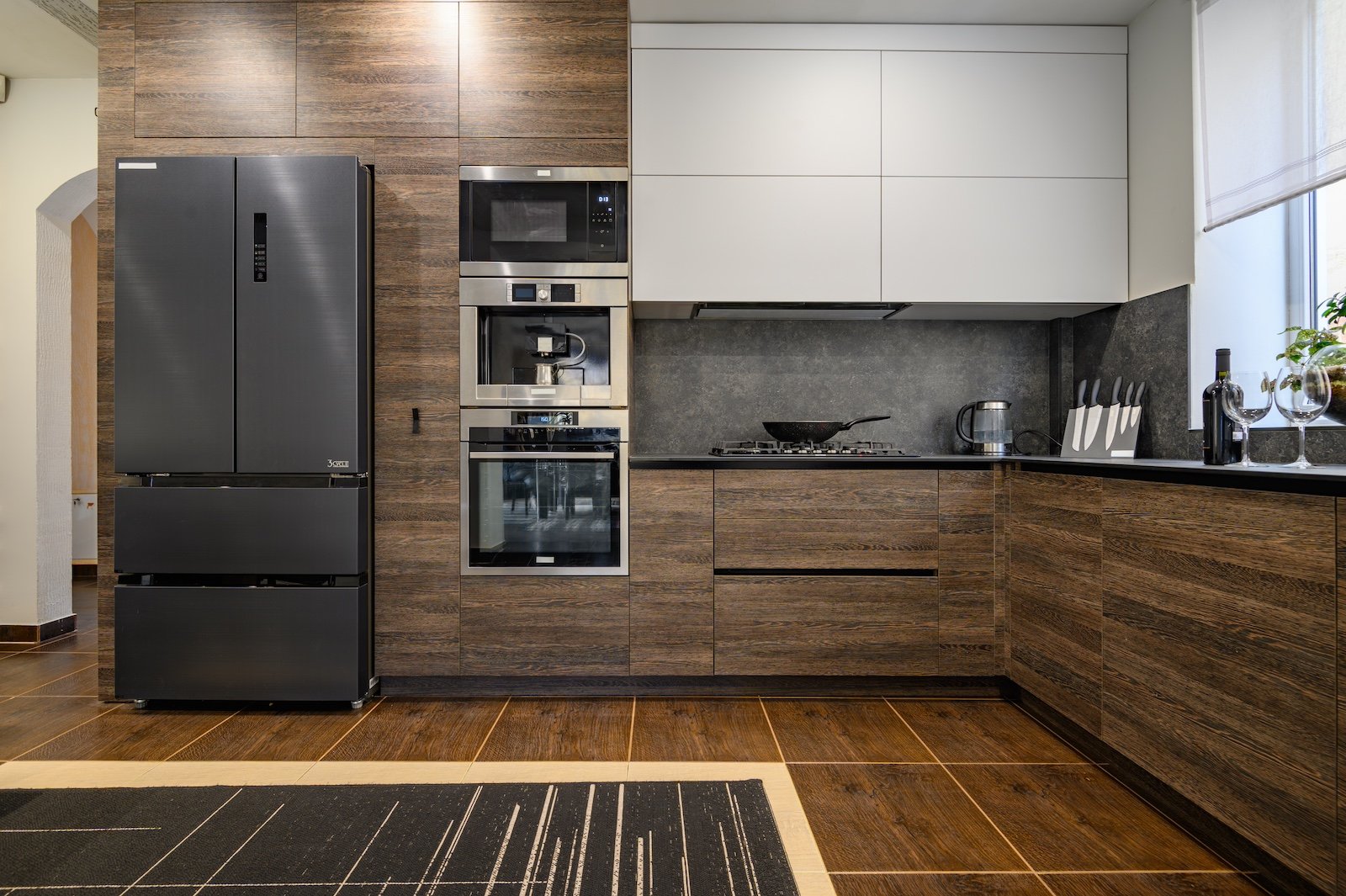
Microwaves are integral to modern kitchens but demand cautious handling because of their power needs. They typically draw between 600 and 1,600 watts, with power surges. This sudden spike in power can overwhelm a power strip, leading to potential overheating or electrical failure.
Space Heaters
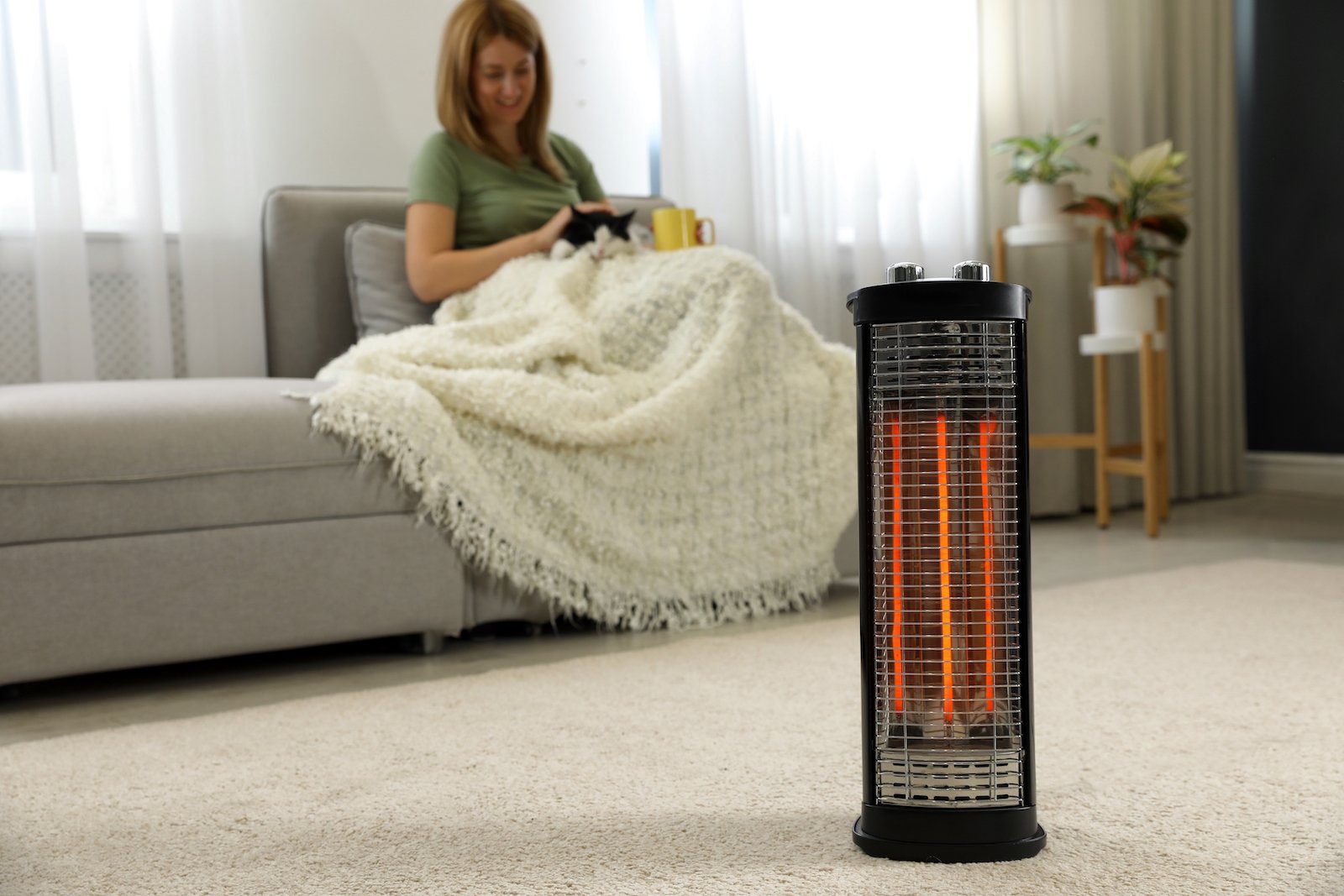
According to the National Fire Protection Association, space heaters were involved in approximately 88% of home heating fire deaths. These devices can rapidly overheat a power strip leading to melted components or fire. Therefore, if space heaters were used with proper precautions and direct wall outlets, it would avoid fire incidents.
Hairdryers

Hairdryers are another high-power appliance that can draw anywhere from 800 to 1800 watts. This intense power draw makes them unsuitable for power strips, as they can easily cause the power strip’s circuit breaker to trip. Furthermore, power strips with devices like hairdryers can degrade the strip’s internal wiring over time, increasing the risk of an electrical fire. Thus, an average hairdryer uses more power per minute than the average LED television in an hour.
Coffee Makers

Coffee makers draw up to 1,100-1500 watts on average and peak even higher when brewing. This substantial draw of watts each makes them susceptible to causing power surges when plugged into a power strip with other devices.
Toasters and Toaster Ovens

Toasters and toaster ovens convert electrical energy into heat, requiring high amounts of power delivered reliably to achieve even cooking. Plugging them into a power strip can risk not only electrical faults but uneven cooking performance as well.
Washing Machines
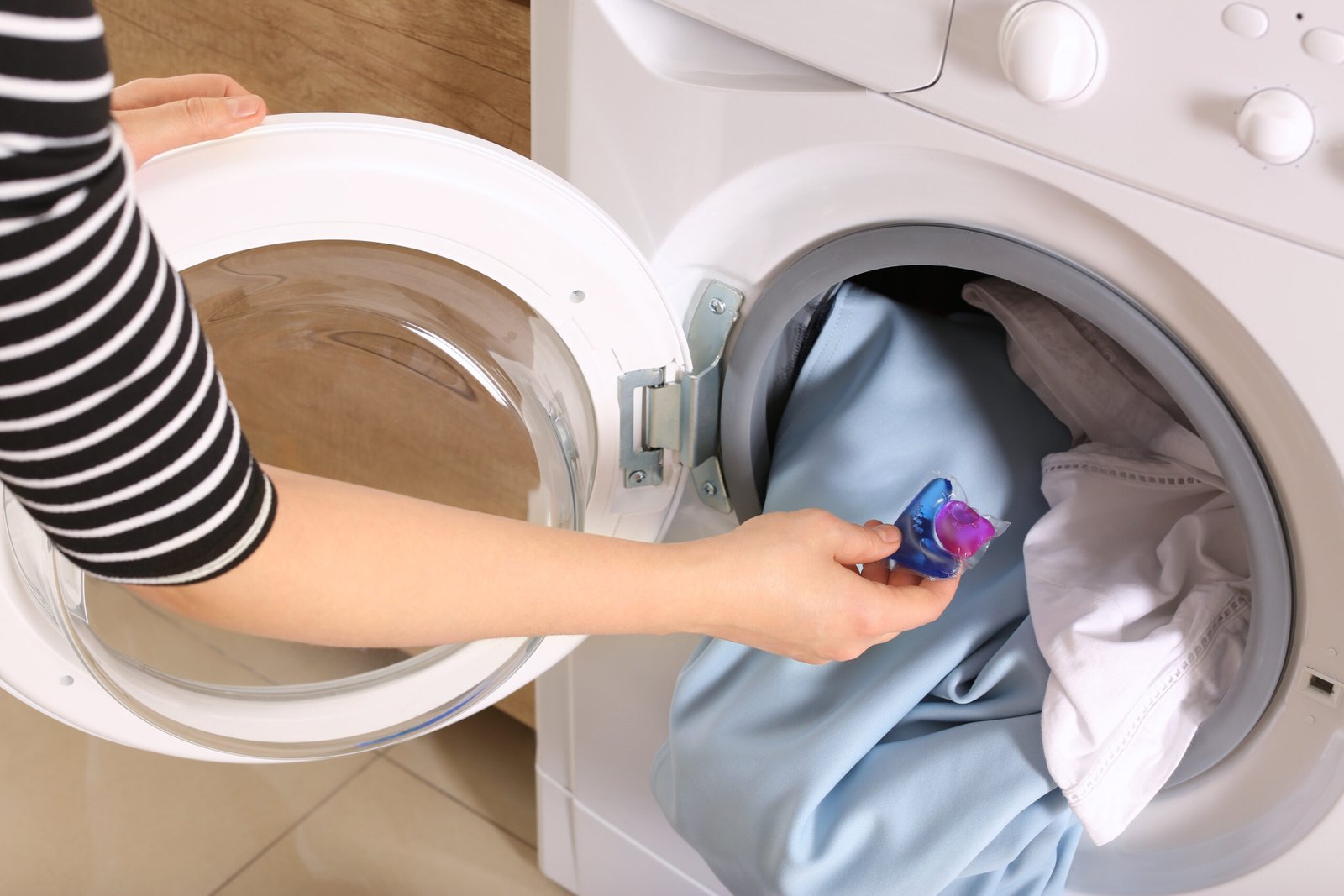
The energy consumption of washing machines can vary significantly with different wash cycles; for instance, heavy-duty cycles require more power than delicate cycles. Given this frequency and the varied power usage, these appliances have a dedicated and reliable power source to handle operational demands without risking safety.
Dishwashers
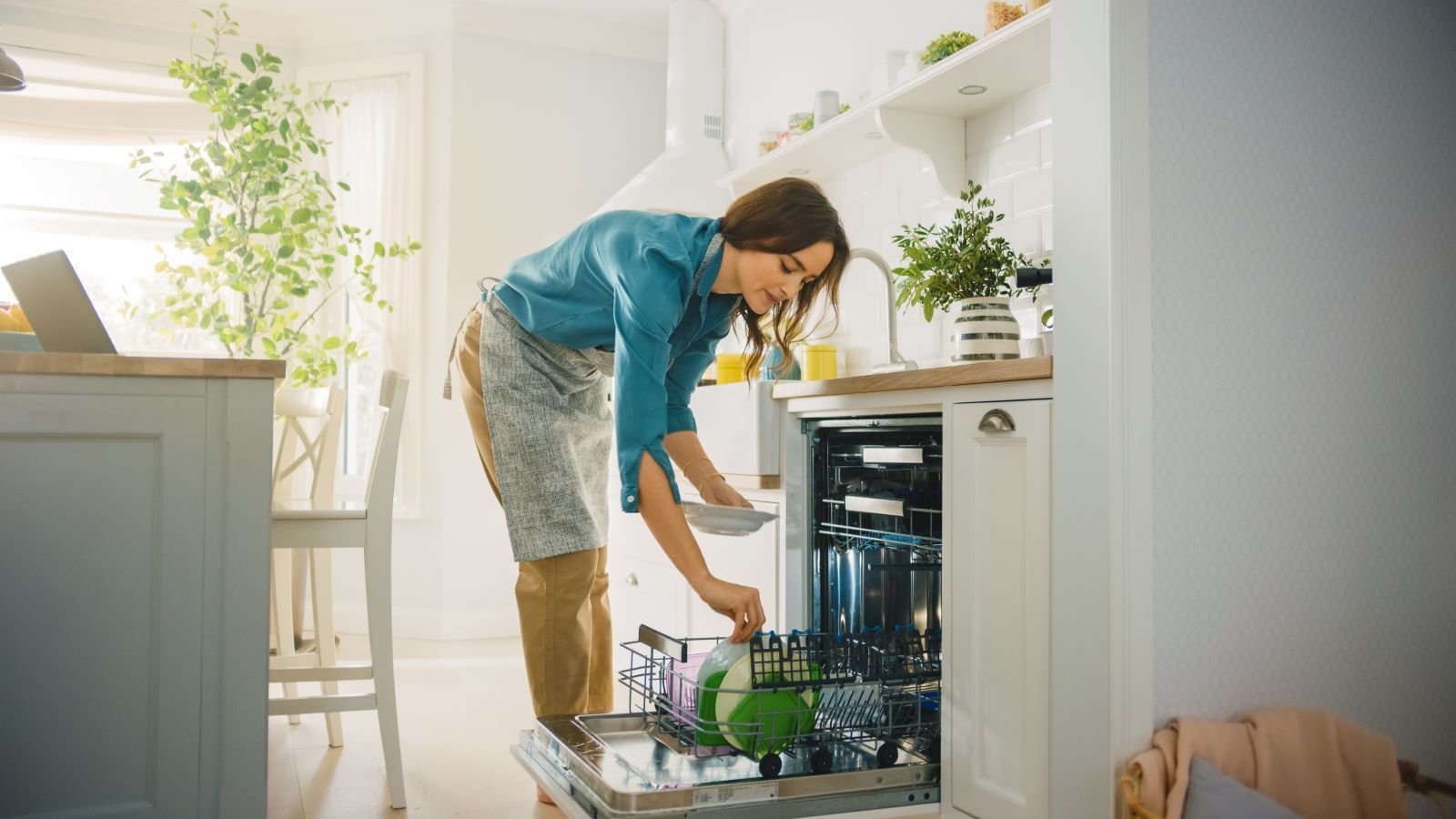
Dishwashers are another high-energy appliance. Especially during the heating and drying phases, energy usage can spike to the higher end of their typical 1,200 to 2,400-watt range. To handle such high demands efficiently, a direct connection to a wall outlet prevents potential overheating and ensures that the appliance performs optimally over its average lifespan of 9 years.
Portable Air Conditioners

Portable air conditioners are indispensable during summer and in regions where temperatures soar above 90°F. They consume between 900 to 1,500 watts but can spike even higher when they cycle on and off.
Power strips, typically not designed to handle such consistent and high loads, are at significant risk when used with heavy-duty appliances, making direct wall outlet connections safer.
Slow Cookers

Slow cookers are popular appliances in many households, and they are known for their convenience and energy efficiency compared to conventional ovens. However, despite their low wattage consumption (180-250 watts), the continuous operation over several hours can be deceptive. Over time, this sustained demand can heat the electrical components of a power strip leading to melting or fire hazards.
Sump Pumps

Sump pumps prevent water damage and flooding in homes, mainly areas prone to heavy rainfall or basements below the water table line. The sudden and intense power draw can easily trip the circuit breakers of a standard power strip.
Garage Door Openers

Garage door openers might seem like a minor electrical load, but they frequently require a substantial burst of power to initiate movement, which can be around 350 to 600 watts. Moreover, the starting current can be several times higher than the running current, which can jeopardize the safety of a power strip.
Blenders

High-performance blenders are designed to handle tasks like crushing ice and processing tough ingredients, requiring significant power to operate effectively. Some models, particularly those used for commercial purposes or high-intensity blending, can draw 300 to 1,500 watts. This is roughly the same amount of power as an average microwave oven. Given their peak power requirements, plugging a blender into a power strip can cause the circuit breaker in the strip to trip. Additionally, voltage fluctuations and power surges through power strips can shorten the life of the blender’s motor.
Aquarium Heaters
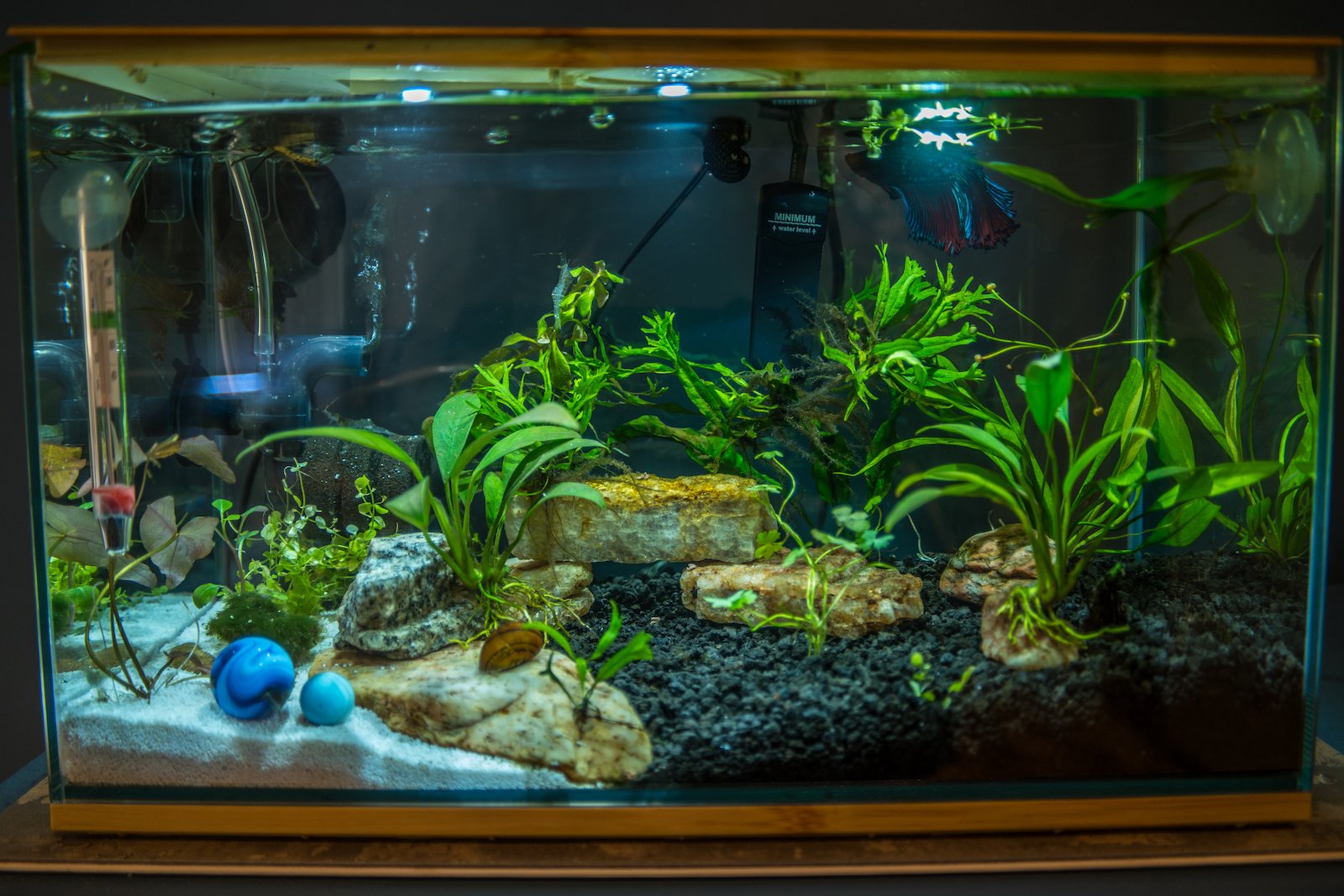
Aquarium heaters are critical for maintaining stable water temperatures in fish tanks, which is essential for the health of many aquatic species. According to Electronics Hub, these heaters can vary significantly in their power consumption, typically between 25 watts for small tanks and over 300 watts for larger setups. In larger aquariums, especially those exceeding 55 gallons, heaters can draw enough electricity to risk overloading a power strip. The stability of an aquarium’s environment can be compromised if the power source is interrupted, leading to fluctuations that can stress or harm fish.
Home Theater Systems

Home theater systems involve a complex setup including multiple components like amplifiers, speakers, subwoofers, and media players. Each can draw a considerable amount of power. For instance, a standard home theater amplifier alone can consume anywhere from 200 to 500 watts, depending on volume and content complexity. Collectively, a fully operational system can easily exceed the safe wattage threshold for most power strips, particularly during dynamic sound sequences in movies where power draw spikes.


